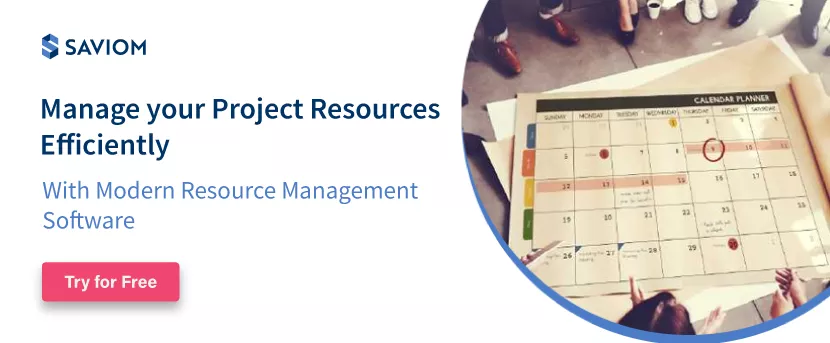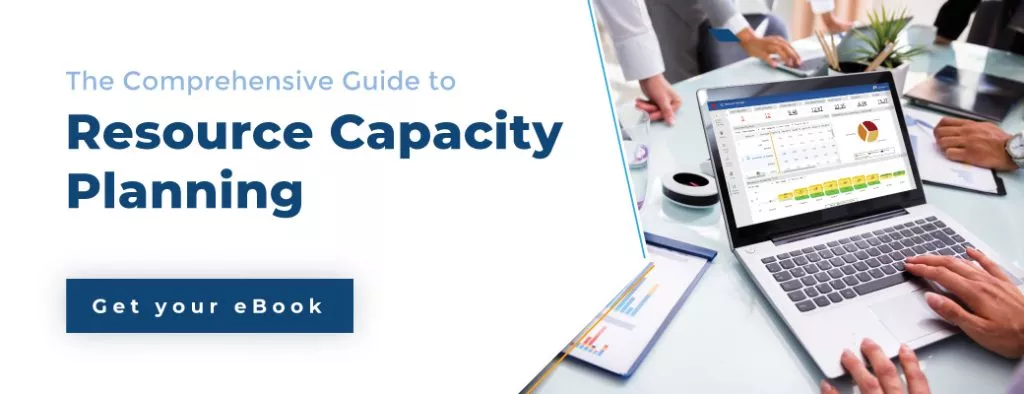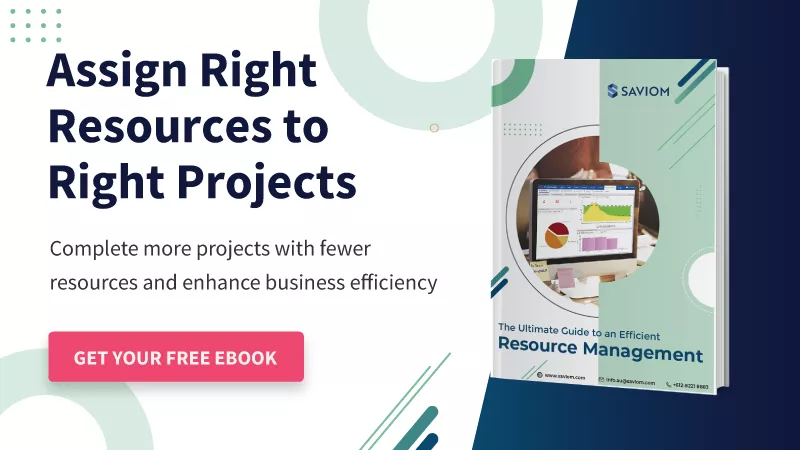No one will blame you for thinking that only project managers are qualified to manage a project. That’s what the diploma on the wall is for, right?
But think about the last time you took up a task with a deadline and outcome to be achieved within a specific period. Starting to sound like a project already, doesn’t it?
It’ll surprise you to know that you’re probably applying project management to your personal life already. Be it baking a cake or running an errand, you’d rely on a checklist to make sure you’ve got everything you need before getting started. And that is a fundamental rule no project manager ever forgets, given how insufficiencies or surpluses cost you more later down the line.
This article has discussed some real-life project management examples and how strategic project planning helps you be more organized and productive.
What is Project Management in Real-Life?
Project management in real-life is the systematic application of knowledge, skills, and techniques to execute non-business activities efficiently. It’s a strategic management approach to achieve the desired result under constraints of cost, time, quality, scope, resources, and more.
The project lifecycle is typically divided into five distinct processes. These include:
- The Initiation Phase
- The Project Planning Phase
- The Project Execution Phase
- Project Monitoring and Control Phase
- Project Review and Closing Phase
Let’s dive deep to know how these five distinct project management phases can be applied to real-life scenarios
Applying Project Management to Personal Life
One of the examples of project management in everyday life includes buying a new car. Whether you’re an enthusiast who likes to drive around or a strictly functional driver, the search criteria would include the vehicle’s specifications, price range, and the soonest it can be delivered to you.
There are many parallels running between this example and a professional project. For starters, there’s a timeline, quality check, and affordability factor involved. And for another, you need to make informed decisions concerning long-term servicing, usage, and any trade-off that applies down the line.
To complement effective project management, you can integrate various methodologies into the execution of the project. Some of them are:
- Scope Management
- Task Management
- Time Management
- Resource Management
- Quality Management
- Cost/budget Management
- Risk Management
Read More: Project Resource Management: An Ultimate Guide on How to Master it
Here are some more examples of the times you’ve project managed your life without consciously realizing it;
Group vacations
However brief, Vacationing is a micro project in itself, given the amount of research you’d have to do beforehand. There’s no denying the costs involved, which in turn influence your decision when picking a vacation spot or getaway. It is one of the real-life examples of project management that involves a high level of responsibility, especially if you’re traveling with a group.
Based on the party’s size, each member would be tasked with an activity, such as looking up do’s and don’ts, affordable transport, lodging, food, and tourist-friendly activities. Then, there’s the question of how far ahead one should plan to get great value deals, which is why many people typically look at options months before the actual date.
Not doing so can mean fewer and more expensive options that can cause you to drop the idea altogether or pay more for less ultimately. This is why a risk management framework matters, even if it sounds too extreme for a simple getaway. For instance, if you create a breakdown of tasks (similar to that of a work breakdown structure), you’ll simplify your research and have a more accurate view of what is done versus what needs doing.
Given that a project manager’s day-to-day activities include this as well as assessing, categorizing and resolving risks, you’re just as capable of listing down your activities and match associated costs.
Not only does it eliminate the possibility of having to empty your pockets but it also lets you maximize your break!
Read More: What is Resource Scheduling? How to Schedule Resources for Projects Efficiently?
Planning a party
Throwing a party for your best friend or colleague at workplace would require a plan to be initiated in advance. This would need you to ask friends to join in on the planning so that you have an extra pair of hands to take care of things.
Similarly, a project manager’s daily routine involves active communication and bringing different stakeholders up to speed on a project’s status. The difficulty they face though is that not everyone relevant would be available at the same time.
Even you would have experienced the rigmarole of roping everyone in and getting them to do different things, such as booking the venue, creating party favors, deciding a menu, and a list of entertaining activities.
You would have observed team dynamics when people work together in a group. Some members, for example, put in more effort than others. In comparison, this can happen for various reasons, from forgetting to follow up on an action item to having too many things to a time crunch. The result? The group becomes dysfunctional and ends up completing less work in the time given.
So if you were a project manager, what would you do to ensure everyone is doing their bit?
For starters, you’d have to confirm that there are effective time management skills and effort bandwidth to get all activities in the plan done. This way, even if you hit a snag as the date nears, you have a contingency plan in place. And secondly, you have to keep an open mind to different suggestions that may become more practical, so long as the party can successfully remain under budget and within capacity.
Shopping for amenities
Stocking up the pantry is a real-life project management example, given how it requires us to make a list of the things we need, prioritize how badly it’s needed, and then set out to get it. But even then, the best of us are guilty of getting easily distracted, ending up with shopping carts full of unnecessary purchases.
Things change, though, when guests unexpectedly arrive, and you are expected to host them. You now have a time crunch and budget to stick to, which transforms your ordinary shopping experience into a project.
For one, you’d need to make sure the store you go to carries the items you need and whether it falls in your price range. Purchases would need to be made in time and stocked with an inventory accounting for different individual preferences.
This scenario is routinely encountered by a project manager too. Even after a project commences, there is every chance of scope changes requested by the client, causing the project team and their project managers to make a trade-off regarding adjusted scope, extended time, or compromised quality. In this way, controlling purchases is similar to scope management, where the deliverables need to be handed in after revising the budget.
Read More: 5 ways to Reduce Project Management Costs
Starting a hobby
We all have a hobby, which has interested us from childhood or became a recent fascination. Starting a hobby is a prime example of applying project management to your personal life, given the dedication it asks for. It requires commitment and genuine investment, as it can scale up in terms of personal time and efforts needed to be put in.
Such is the dedication expected within professional projects which require niche skills. Projects progress as long as you’re able to manage the resources sitting within them with precision. This is why a skills inventory listing skills against years helps identify the strengths and weaknesses of resources.
In the professional sense, this ensures that suitably qualified resources are actively engaged. But the same concept can be applied to ease into a hobby too, especially if it aligns with your personal interest and the desire to acquire experience honing a particular craft.
A hobby, therefore, starts with matching your skills and interests. The next step in line is to seek out classes, join groups and purchase the required materials. It all lies in the planning.
Moreover, hobbyists are natural-born leaders as they face situations where they have to direct their energy and creativity into completing their chosen craft within good time management.
So, next time you pick up a hobby, take comfort in knowing that your organizational skills are about to rival that of a project manager!
Read More: What is Resource Planning, and Why is it Important in Project Management?
Final Thoughts:
To sum up, a project is not just a way to make or do something but it’s an opportunity to achieve some measurable result by implementing a management approach. It is the art of planning, executing, and controlling the project to align with the project goals and initiatives for successful delivery.
Did this post make you realize you just walked a mile in the shoes of a project manager?
SAVIOM Solution
SAVIOM, without a doubt, has become the market leader in offering the most powerful and configurable Enterprise Resource Management Solution. Having more than 20 years of experience, this Australian-based MNC has a global presence across more than 50 countries and an esteemed client list of over 100 customers, helping them achieve their business goals. SAVIOM also has products for project portfolio management, professional service automation, and workforce planning software, which can be easily customized as per business requirements.
Did this post make you realize you just walked a mile in the shoes of a project manager?












